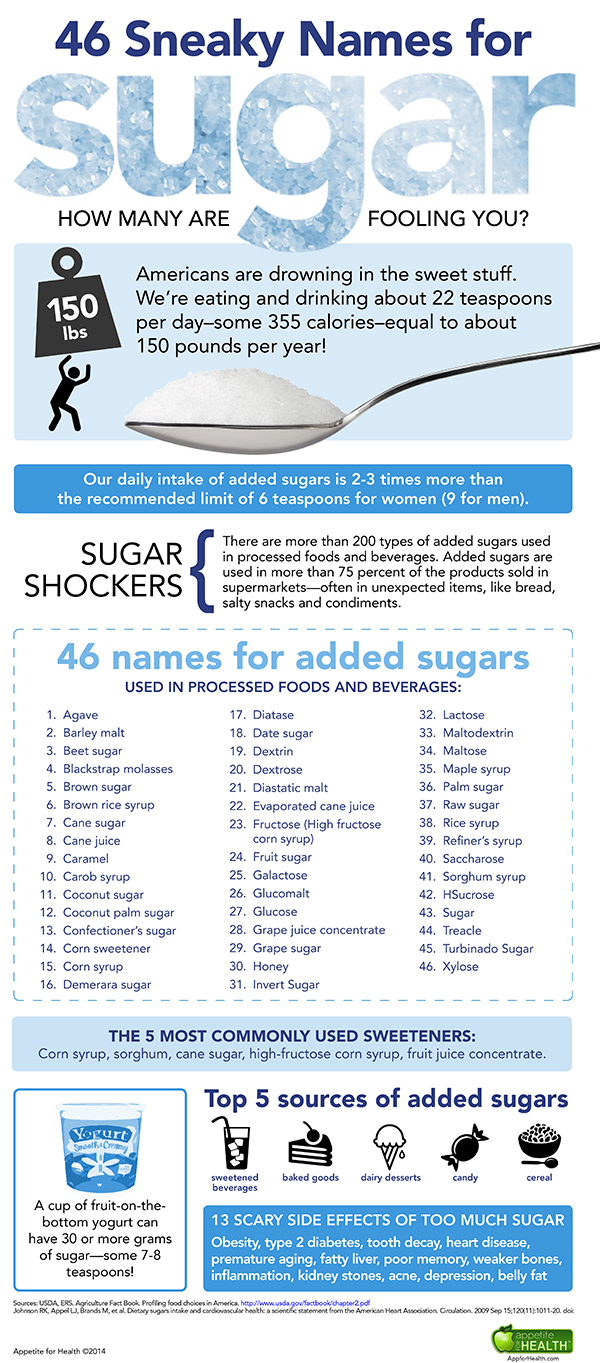3 Ways to Reduce Inflammation and Reduce Heart Disease Through Diet

Cardiovascular disease and breast cancer are the two leading causes of death in the United States for women. Both are associated with inflammation.
Strategies to reduce inflammation may be an effective treatment option to reduce cardiovascular disease and breast cancer.
Chronic inflammation leads to the release of inflammatory cytokines. These inflammatory cytokines contribute to cellular damage, which leads to disease onset or progression. Chronic diseases such as atherosclerosis, osteoporosis, and diabetes all have an inflammatory component.
There are medications to reduce inflammation, such as steroids and non-steroidal anti-inflammatory drugs (NSAIDS), but all medication comes with side effects and these are no exception. Potential side effects include nausea, constipation, diarrhea, headache, dizziness, weight gain, increase blood pressure, and immune suppression among others.
Alternate treatment options are desirable for treating inflammation, such as dietary interventions. Improving dietary quality with emphasis on specific anti-inflammatory nutrients is a safe strategy for reducing inflammation and disease risk.
A diet to reduce inflammation is low in added sugars, contains omega-3 fatty acids, and rich in dietary fiber.
Foods high in added sugar that should be avoided or limited include soft drinks, energy drinks, sports drinks, cakes, pastries, donuts, fruit drinks, ice cream, pudding, cookies, candy, pie, and cobblers.
How does your added sugar intake measure up?
According to the American Heart Association (AHA), the max amount of added sugars you should eat daily equals…
Men: 150 calories per day (37.5 grams or 9 teaspoons)
Women: 100 calories per day (25 grams or 6 teaspoons)
How does your sugar intake measure up?

Infographic courtesy of AppforHealth.com.
How to Select a Bar that is Heart Healthy
 It seems like we a constantly on the go, which makes quick and easy snacks a regular part of our daily routine. This is why bars are so popular; however, I don’t want you to assume a granola bar is automatically a heart healthy choice. Let’s cover what you need to look at when selecting a bar in a little more detail.
It seems like we a constantly on the go, which makes quick and easy snacks a regular part of our daily routine. This is why bars are so popular; however, I don’t want you to assume a granola bar is automatically a heart healthy choice. Let’s cover what you need to look at when selecting a bar in a little more detail.
Carbohydrates
The high carb bars were originally intended for endurance athletes that require high energy food (i.e. high calorie food) to support there high levels of activity. This is not what you need to make it through everyday activities. Look for a bar that provides 40% or less of it’s calories from carbohydrates.
Protein
Find a bar that providers between 15 to 20 grams of protein per bar. Soy is frequently used as a protein source in bars. Due to the potential negative side effects of a diet high in soy, I encourage you to look for a bar that does not include soy. Instead, look for bars that utilize whey as the primary protein source.
Continue reading
Heart Health – How Much Should You Limit Added Sugar?
Leading organizations, such as the American Heart Association, has been recommended sugar intake be reduced for quite some time due to the direct link to increasing obesity rates. However, an actual limit or recommendation on sugar consumption had never been established until recently.
It’s now recommended that added sugars, this would be the sugar added to foods during processing, be limited to no more than 100 calories per day for women and no more than 150 calories per day for men. This means limiting added sugars to 5-9 teaspoons per day.
Might not seem like a big deal until you compare this recommendation to the current average amount of added sugar consumed US individual daily – 22 teaspoons. Twenty-two teaspoons of sugar equals about 350 extra calories each day. To give you a reference – 1 can of regular soda provides 130 calories of added sugar.
Unfortunately distinguishing between added sugars and naturally occurring sugars can be tricky. Added sugars are often identified as “syrup” on food labels.
All the best,
Lisa Nelson RD
Heart Healthy Tips
http://www.hearthealthmadeeasy.com



